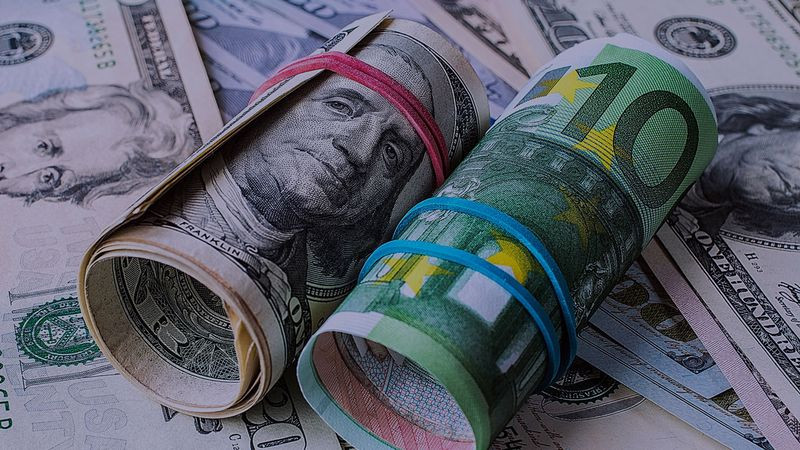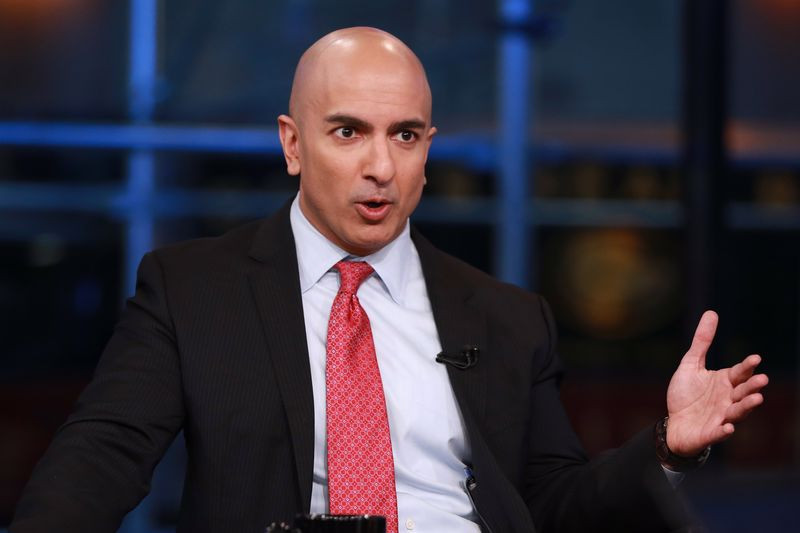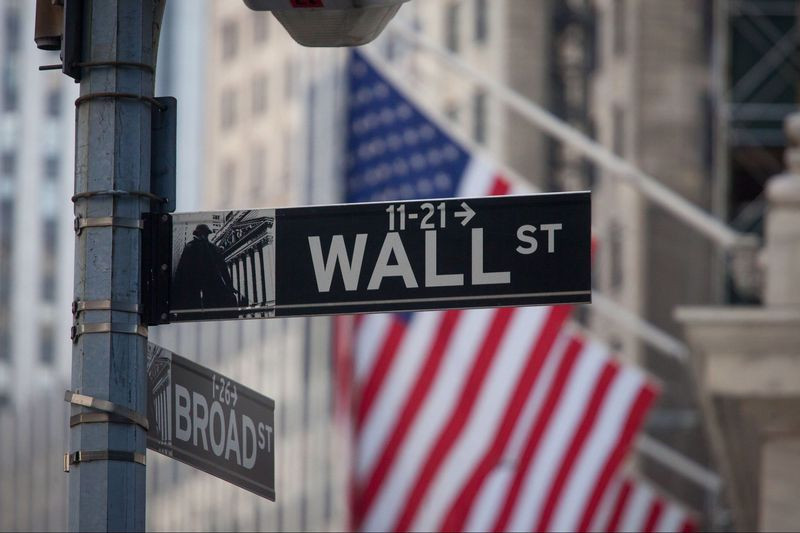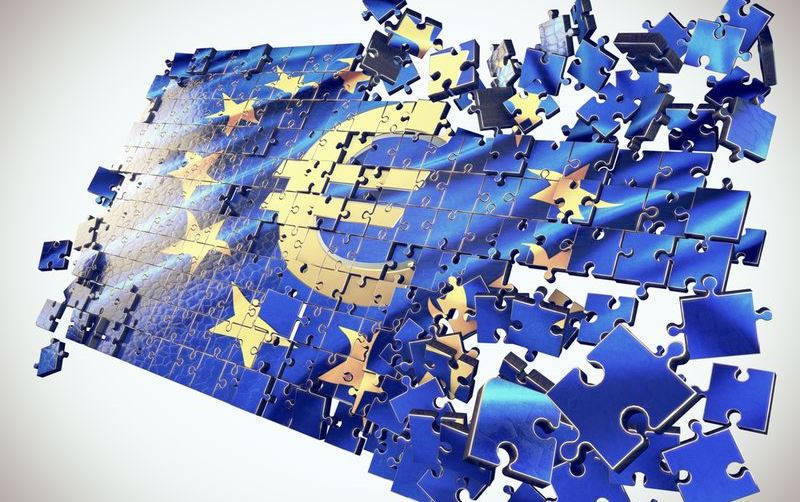The EUR/USD pair managed to close in the black on Tuesday after falling for three consecutive days.
At the same time, the greenback was forced to retreat from 20-year highs amid the release of disappointing statistical data for the United States.
Thus, the composite index of business activity in the country from S&P Global fell to 45 points in August from 47.7 points last month.
Another report showed that sales of new homes in the United States decreased by 12.6% in July.
This data allowed investors to suggest that the Fed may be less aggressive in its rate hike cycle.
As a result, the USD index fell by more than 0.3% to 108.50 points. Earlier, the index reached its highest level since mid-July, rising above 109.20 points.
Taking advantage of the greenback's retreat from long-term peaks, the euro attempted a corrective growth, testing the strength of resistance at the parity level. However, by the end of the US session, the single currency returned most of the profits, rolling back from the local high above 1.0010.
The dollar managed to minimize losses after the head of the Federal Reserve Bank of Minneapolis, Neil Kashkari, said that the US central bank needed to continue raising rates until it became clear that very high inflation in the United States was receding.
"Many parameters indicate maximum employment in the US economy with very high inflation. This is an absolutely unbalanced situation, and therefore it is clear to me that we must continue to tighten policy in order to bring the situation into balance," he said.
The EUR/USD pair closed with an increase of 0.2% on Tuesday, finishing around 0.9967.
The main currency pair was under pressure on Wednesday after an unsuccessful attempt to develop the previous day's rebound. It is obvious that it is difficult for the pair to gain bullish momentum, since the greenback remains stable.
The fact is that investors are being cautious ahead of the Fed symposium in Jackson Hole this week.
The signals from this event, according to experts, can both break the USD growth and strengthen it.
Regarding the speech of Fed Chairman Jerome Powell, expectations range from fear of a decisive hawkish speech to hope for a softening of the rate hike forecast.
"Powell is likely to confirm that the Fed will raise the rate as high as necessary and will raise it as much as necessary," according to strategists at Standard Chartered.
This scenario is supported by a strong US labor market and the desire of the US central bank to anchor inflation expectations.
Strategists at Simplify Asset Management note that pricing in the federal funds rate futures market is too far from the truth.
"We believe that the Fed will go further than the market thinks in terms of raising rates. We do not think that inflation in the US will be 2-3% next year. We do see reasonable scenarios for raising rates – up to 4% or higher," they said.
In this scenario, the USD index may well move in the direction of 120, which is about 10% higher than the current levels.
An alternative option is that Powell has learned a lesson from the events of 2018. Then he promoted the idea of further rate hikes, which scared the markets, and the S&P 500 index fell by almost 20% from peak levels. As a result, the tone of the Fed's statements became softer, and six months later the central bank lowered the key rate altogether.
A signal that the Fed is easing its pressure on the markets will indicate that the greenback is ready to form a peak and turn in the direction of 103. It is possible that this will be the beginning of a longer and deeper drawdown of the dollar.
Apparently, this is exactly the scenario that Wall Street players are now putting into quotes.
The main US stock indexes stabilized after two days of heavy losses, as weak statistical data on the United States eased concerns about the Fed's rate hike.
"In a sense, this is good news for the market: the softer the data is now, the less the Fed should do," ING analysts said.
At the same time, they believe that there are not many reasons to expect a change of tone from the Fed at the symposium in Jackson Hole this week.
"It may be too early to jump to conclusions yet. If you start giving the market a small handout so that it gets better over time, you may end up undermining your own position," ING strategists said.
They are not surprised that the dollar's correction after the weak data on business activity in the US for August turned out to be very short.
"The lack of attractive alternatives means that USD could still reach 110.00 by the end of the week if Fed Chairman J. Powell will be convincing enough to stick to his hawkish message on Friday," the bank believes.
This point of view is shared by Brown Brothers Harriman analysts.
According to them, if Powell will issue aggressive comments at the symposium in Jackson Hole this week, the US currency will receive a new stimulus for growth.
"The smile of the dollar has not gone away. The US currency is strengthening during periods of both US economic superiority and economic downturn," Brown Brothers Harriman noted.
On Thursday, the United States will publish its second estimate of the country's GDP in the second quarter. Analysts predict that the US economy shrank by 0.8% over this period. The first estimate assumed a 0.9% reduction in GDP.
These data are unlikely to have a significant impact on the USD exchange rate, since Powell and his colleagues recently declared their readiness to tolerate some contraction of the American economy if necessary to curb inflation.
Meanwhile, recessionary risks on the other side of the Atlantic may lead to the fact that European central bankers will be forced to restrain interest rate hikes more than the recently emboldened hawks from the Fed.
The growing difference in interest rates between the European Central Bank and the Fed benefits the dollar to the detriment of the euro.
The single currency has fallen more than 12% against the dollar this year, falling below parity for the first time in two decades.
The weak euro evokes memories of the first years of its existence. The newly minted currency was trading below parity with the dollar and was gripped by a crisis of confidence, ING economists say.
For the first time, EUR fell to parity with USD in December 1999, less than a year after the creation of the euro. Its weakest point was in 2000, when it sank below 85 cents.
It took almost three years for the euro to fully recover above parity. Since then, it has traded stronger than the dollar, even during the sovereign debt crisis in the early 2010s, which almost tore the currency bloc apart.
This time, the euro's weakness is not so much due to confidence in it as a currency, but rather to a number of economic realities, including the bloc's energy problems, ING strategists note.
"If you see the euro/dollar parity, you think it looks very cheap. But in fact, the fair value of the euro has been disrupted by the energy crisis, and you cannot rule out that from here the EUR will fall by another 10 big figures," they said.
Other strategists agree that the risks suggest a reduction. Morgan Stanley analysts predict that the euro will fall to $0.97 this quarter, a level not seen since the early 2000s. JPMorgan analysts expect that in the second half of this year, the single currency will test the $0.95 mark.
Nomura analysts are aiming for the euro exchange rate against the dollar at $0.97 by the end of September, after which the single currency may rush to $0.95 or possibly lower.
Deutsche Bank economists have calculated that the fall of the euro to $0.95-0.97 will correspond to the historical extreme values of exchange rates since the end of the so-called Bretton Woods system in 1971, which pegged the value of many currencies to the US dollar. Nevertheless, according to them, these levels may well be reached in the event of a recession in the eurozone.
Thus, in the coming months, it is possible to consolidate EUR/USD in the range of 0.9500-1.0000. On the long-term horizon, as energy prices stabilize and the ECB's lag behind the Fed in terms of tightening monetary policy decreases, the pair is likely to return to 1.1000 and above.
The last EUR/USD recovery was more of a technical correction than a reversal.
If the pair starts using the 0.9950 level as support, it will face an intermediate barrier at 0.9980 before testing parity.
On the other hand, the 0.9900 mark acts as an initial support on the way to 0.9850 and 0.9800.













